Discover 8 hidden attractions, cool sights, and unusual things to do in Swat (Pakistan). Don't miss out on these must-see attractions: Swat Museum, Mingora, and Saidu Sharif. Also, be sure to include Fizagat Recreation Park in your itinerary.
Below, you can find the list of the most amazing places you should visit in Swat (N.W.F.P.).
Table of Contents
Swat Museum
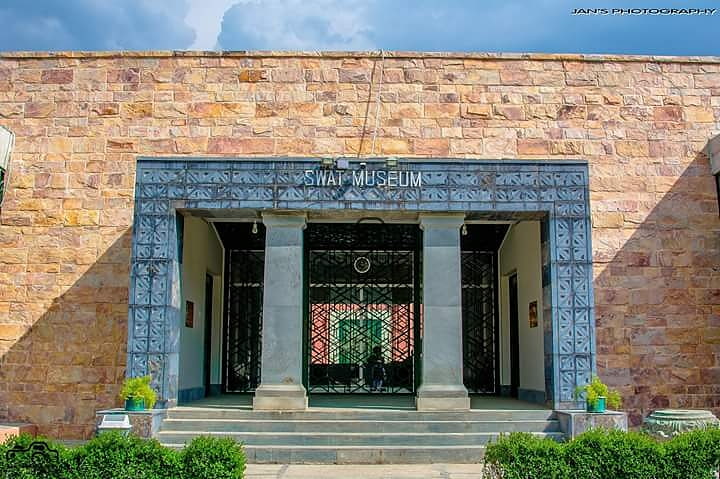
Museum in Pakistan. Swat Museum is a museum located in Mingora, on the Mingora and Saidu road in Swat District, province of Khyber Pakhtunkhwa, Pakistan.[1]
Mingora
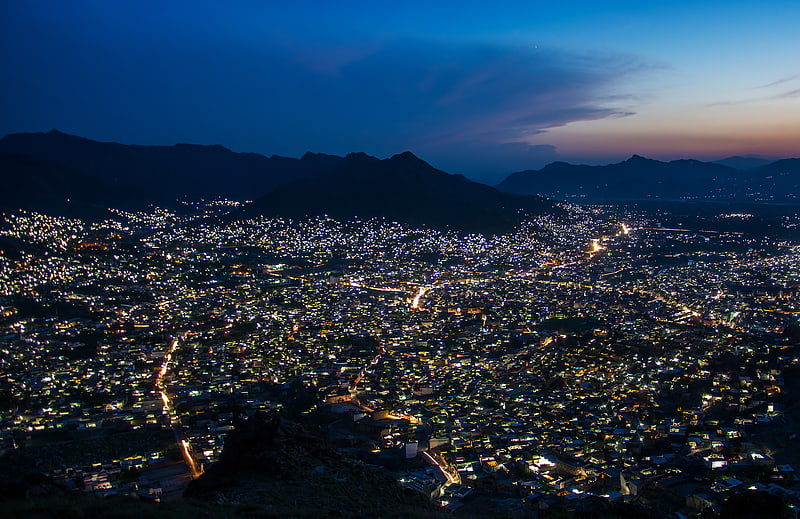
City in Pakistan. Mingora is a city in the Swat District of Khyber Pakhtunkhwa, Pakistan. Located on the Swat River, it is the 3rd largest city in Khyber Pakhtunkhwa and the 26th largest in Pakistan. Mingora is the largest city and the epicenter of social, cultural, and economic activities in Malakand Division, and also the largest in the northern part of Khyber Pakhtunkhwa.[2]
Saidu Sharif
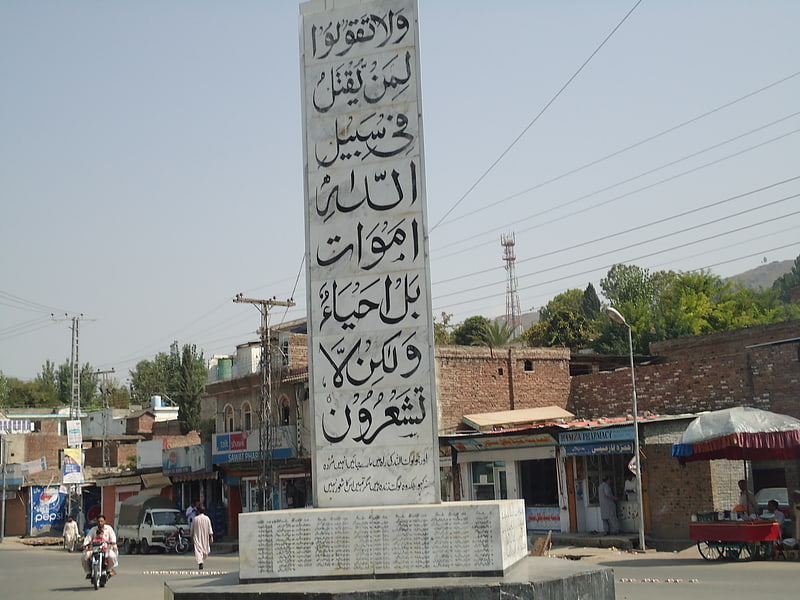
City in Pakistan. Saidū Sharīf is the Capital City of Swat District in the Khyber Pakhtunkhwa province of Pakistan. The city also serves as the capital city of Malakand division. Named after Saidu Baba, a prominent leader of the former Yusufzai State of Swat.
Saidu Sharif is the hub of several official buildings, and archeological sites such as the Swat Museum, the Tomb of Saidu Baba, Royal residential Palace of former Wali Swat and the archaeological remains of the Butkara Buddhist Stupa. It is also home to the Govt: Girls Degree College, Govt: Jahanzeb college, DIG, DC, and the Commissioner House.[3]
Fizagat Recreation Park
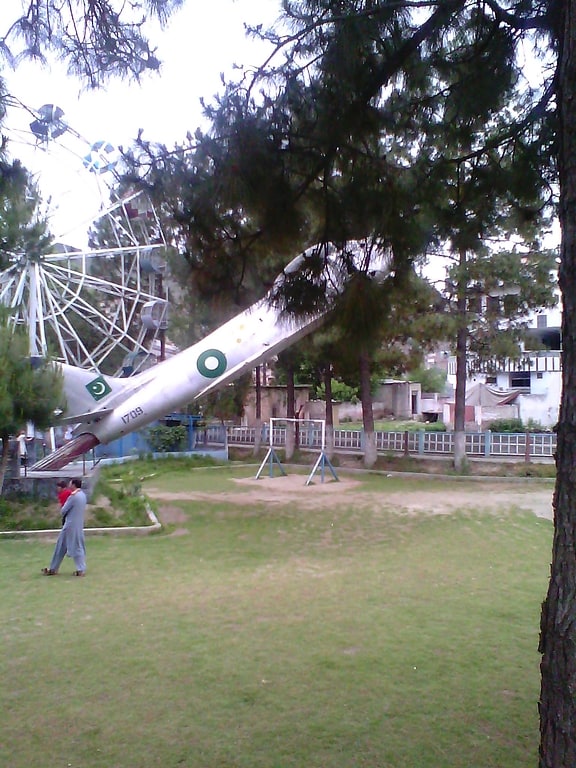
Park. Fizagat Park is a recreational park in the vicinity of Mingora in Pakistan. It is a popular destination for tourists visiting the valley of Swat, Khyber Pakhtunkhwa. It is situated on the bank of the Swat River at Fizagat. Its main feature is the stream of freshwater from the river Swat flowing.[4]
Mahmud Ghaznavi Mosque

Sultan Mahmud Ghaznavi Mosque is one of the oldest mosques in northern Pakistan, discovered by the Italian Archaeological Mission in Pakistan in 1985. The mosque represents a splendid design of old Muslim architecture.[5]
Butkara Stupa

Also known as: بت کڑہ اسٹوپا
Ruin in Pakistan. The Butkara Stupa is an important Buddhist stupa near Mingora, in the area of Swat, Pakistan. It may have been built by the Mauryan emperor Ashoka, but it is generally dated slightly later to the 2nd century BCE.
The stupa was enlarged on five occasions during the following centuries, every time by building over, and encapsulating, the previous structure.[6]
Elum Ghar
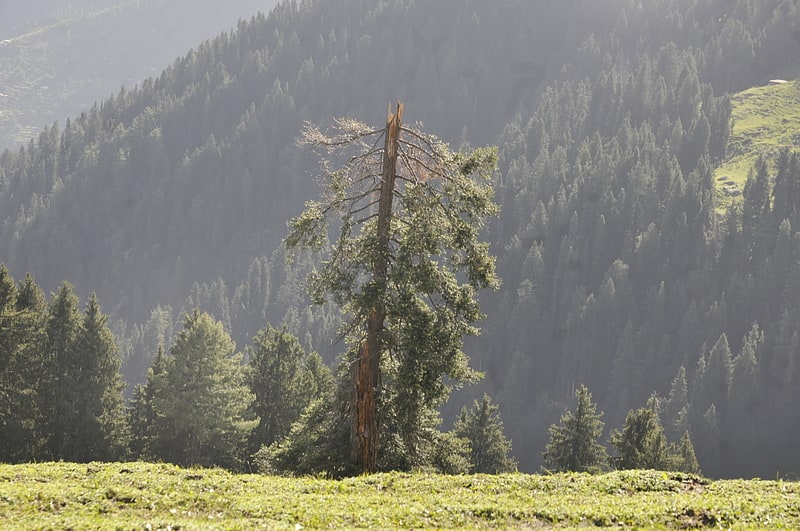
Mountain. Elum Ghar, also known as Mount Ilam is a 2,800 metres mountain located between the Swat and Buner districts of Pakistan. Elum Ghar is the highest peak in the region, and is snow-covered most of the year. It is located west of Pir Baba's shrine in the Buner District of the Khyber Pakhtunkhwa of Pakistan. The mountain was a significant pilgrimage site for Hindus until 1947, and is believed to be the site where a previous incarnation of the Buddha gave up his life.
The city of Mingora can be seen from atop the mountain. The mountain is popular among hikers due to its many streams and lakes that can be seen while going up the mountain. Going up is tough as there is no local transport.[7]
Saidu Sharif Stupa

Archaeological site in Pakistan. The Saidu Sharif Stupa, excavated under the name Saidu Sharif I, is a sacred area of Buddhist located near the city of Saidu Sharif, at the foot of the mountains that separate the river valley Saidu from that of the river Jambil, in the Swat District of Khyber Pakhtunkhwa, Pakistan. The sacred area consists of two terraces built on the slope of the hill, through a cut in the rock on the north side. Artificial terracing includes one stūpa, surrounded by smaller monuments, and a monastery.[8]